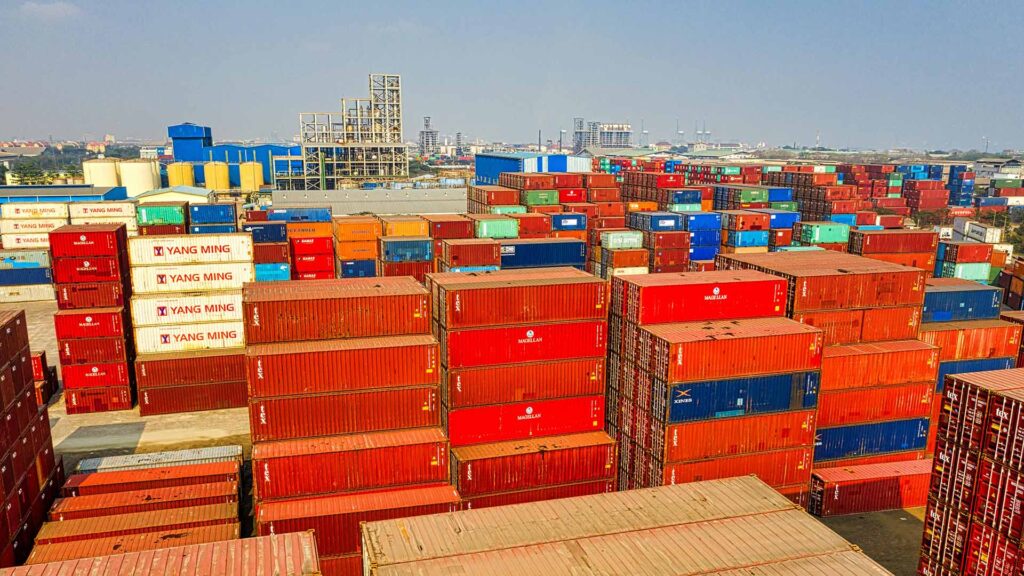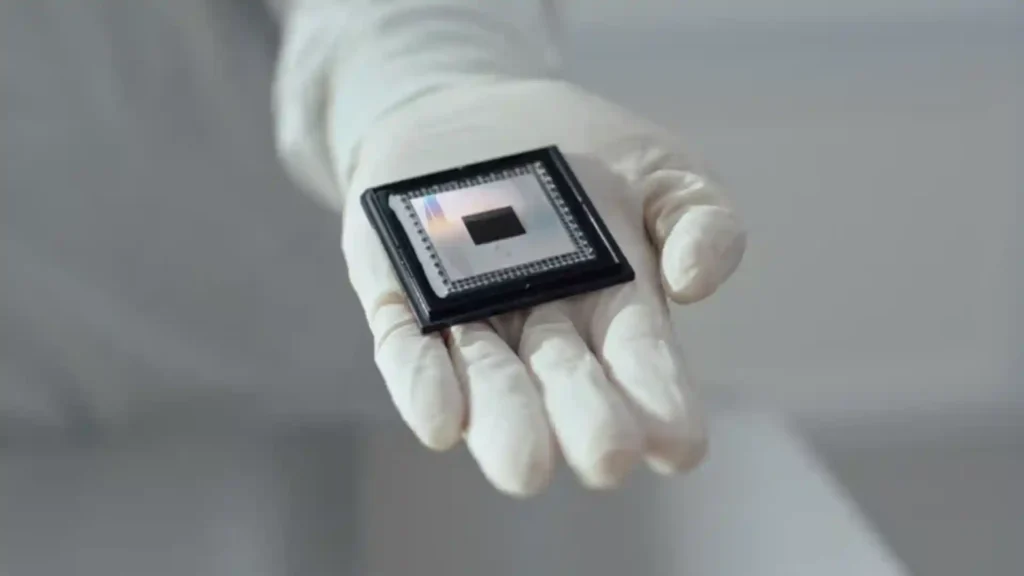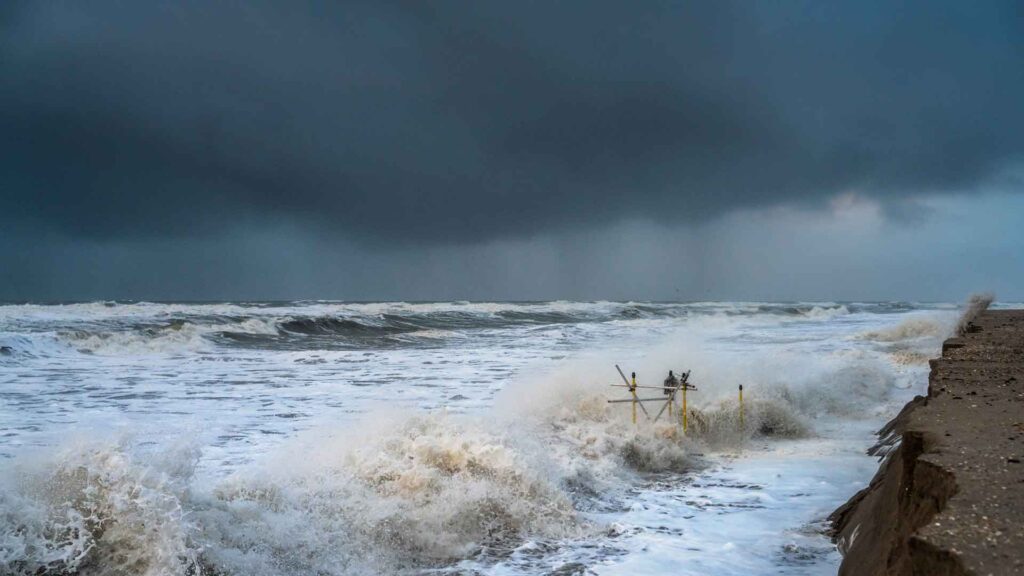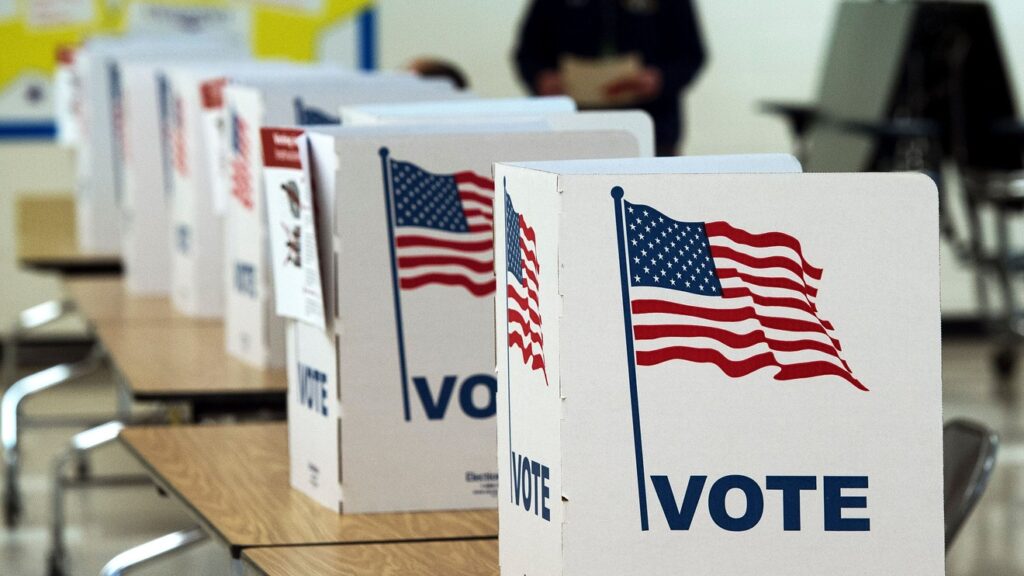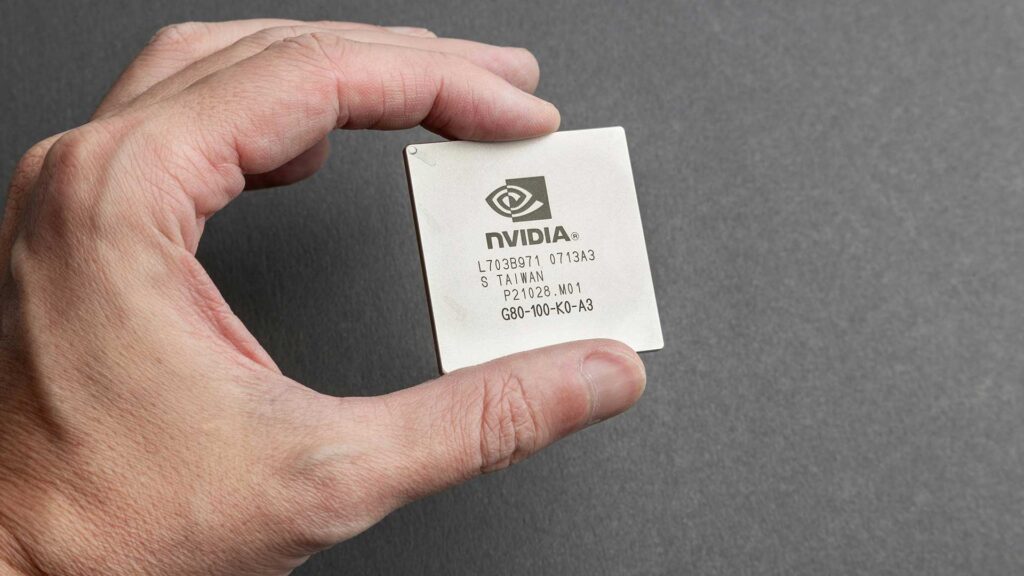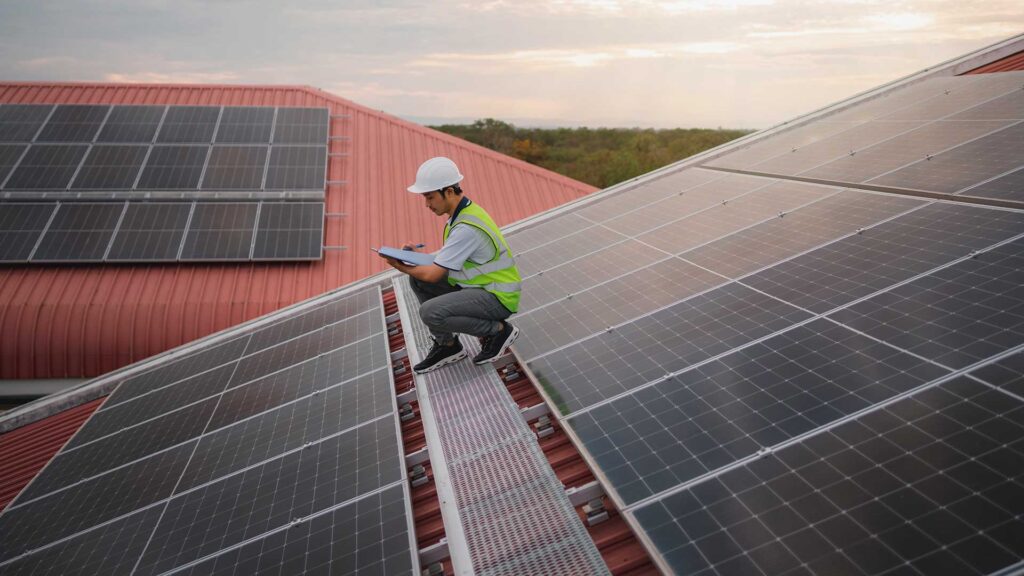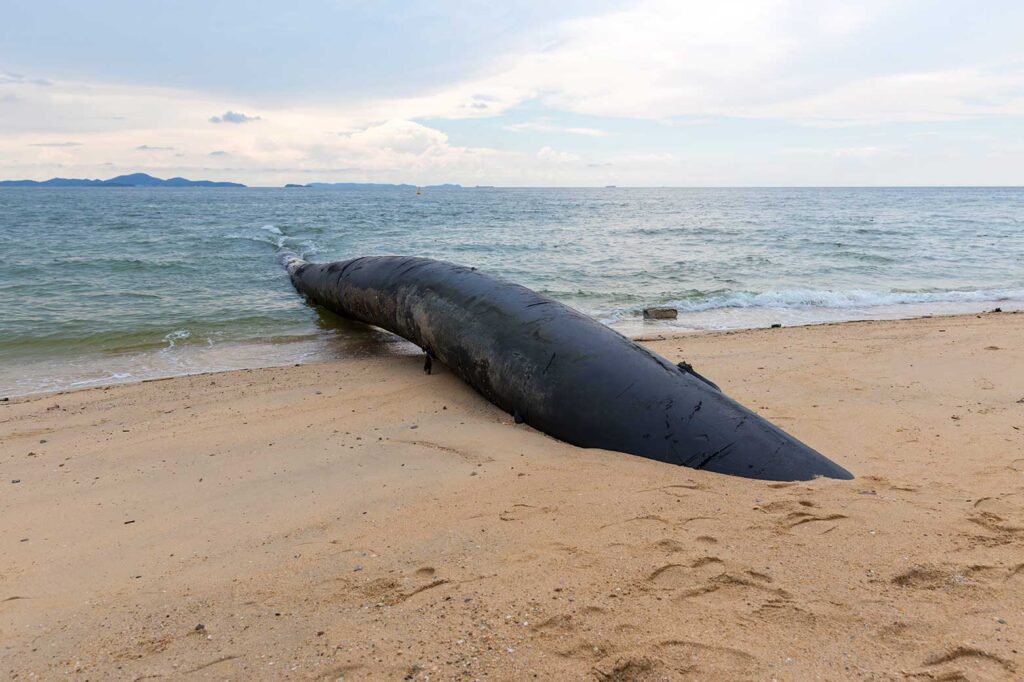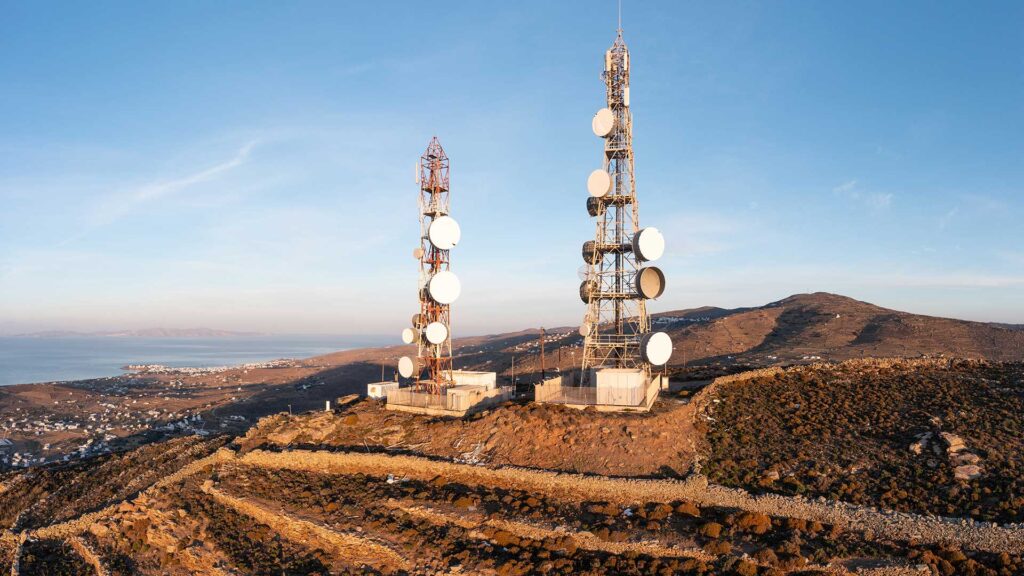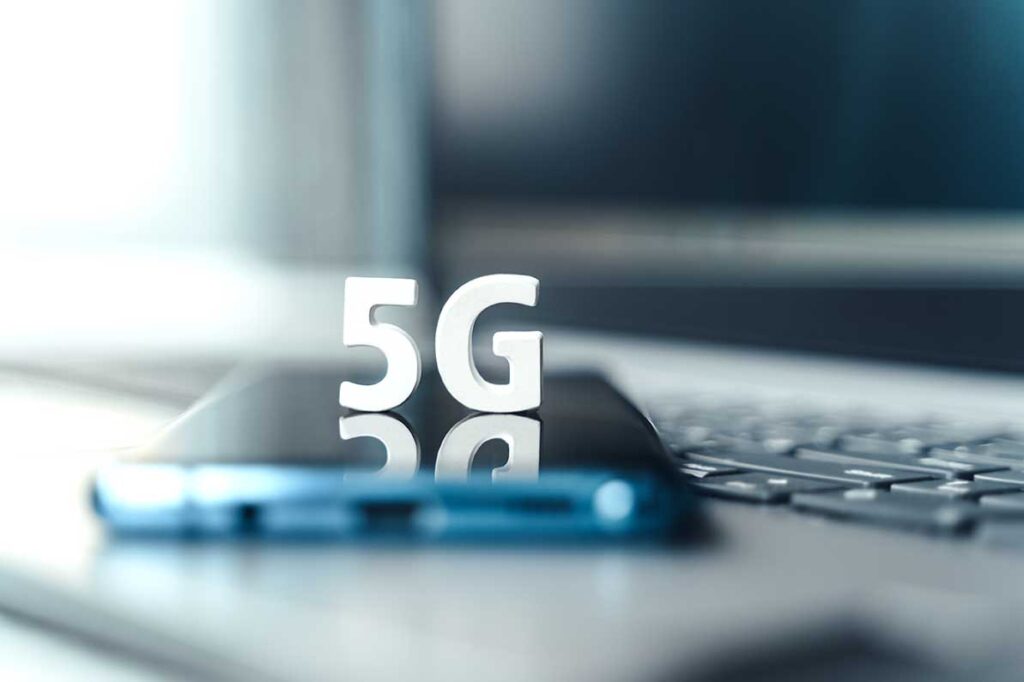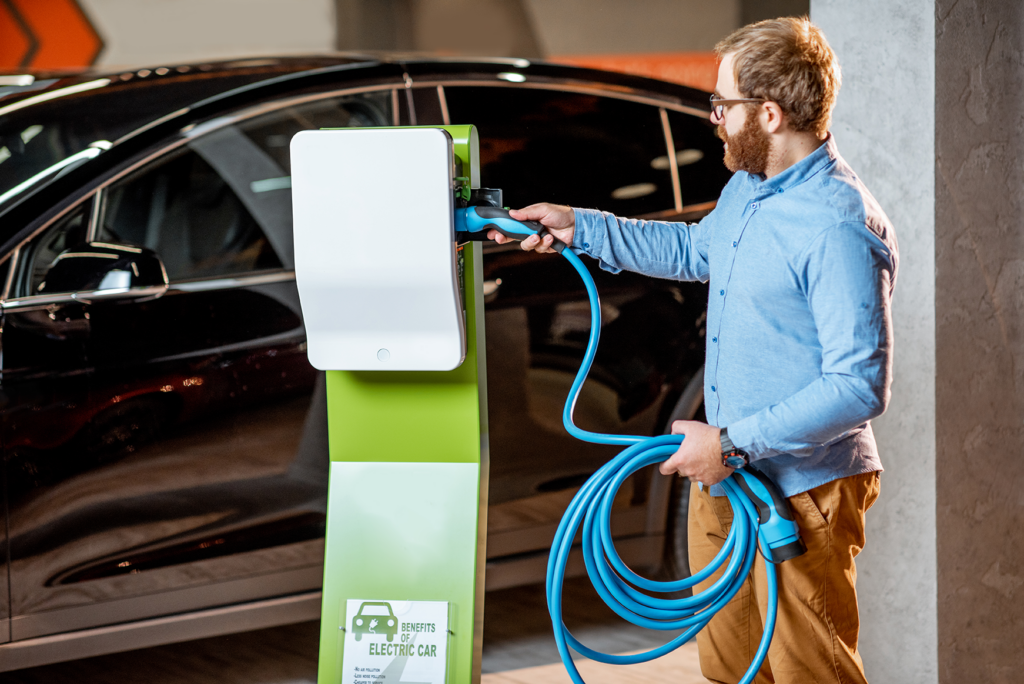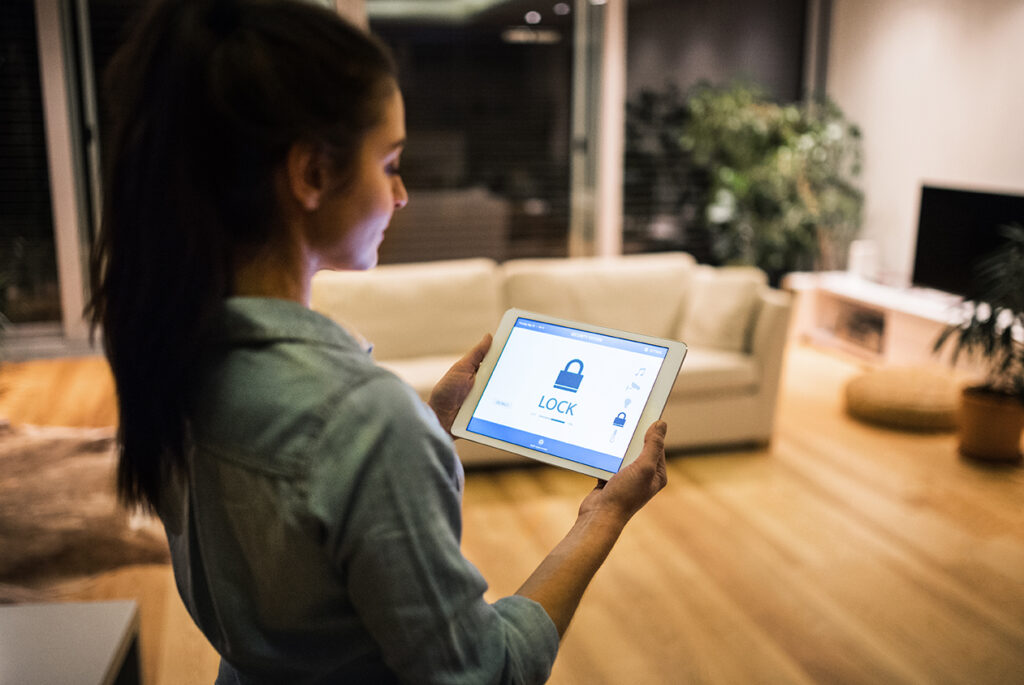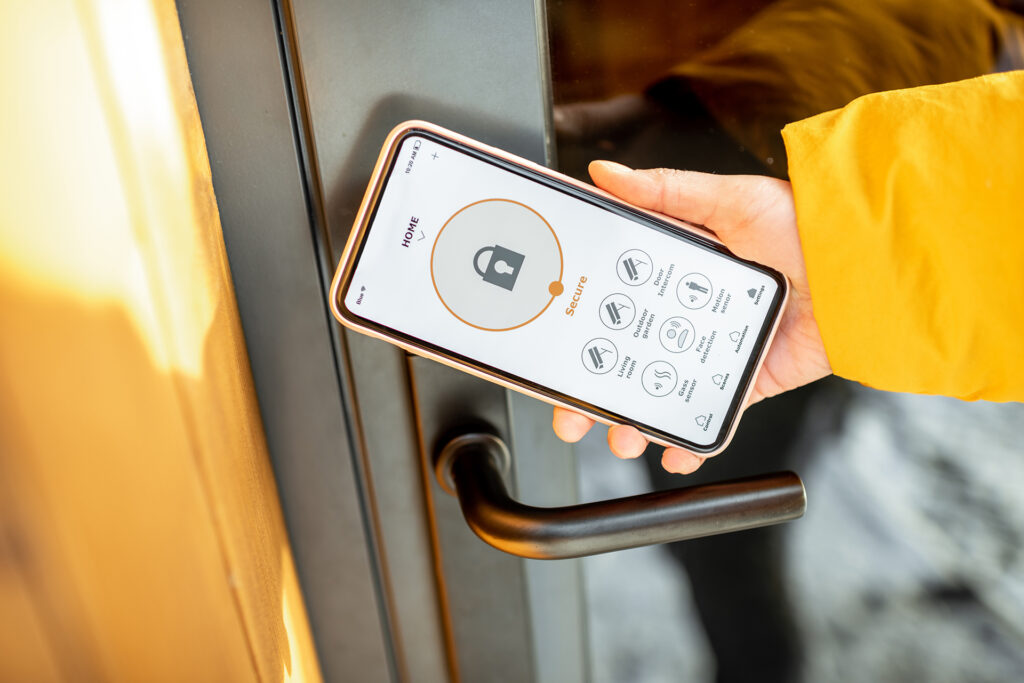Hurricanes, SpaceX’s Starlink DirectToCell and T-Mobile, and the Future of Emergency Connectivity
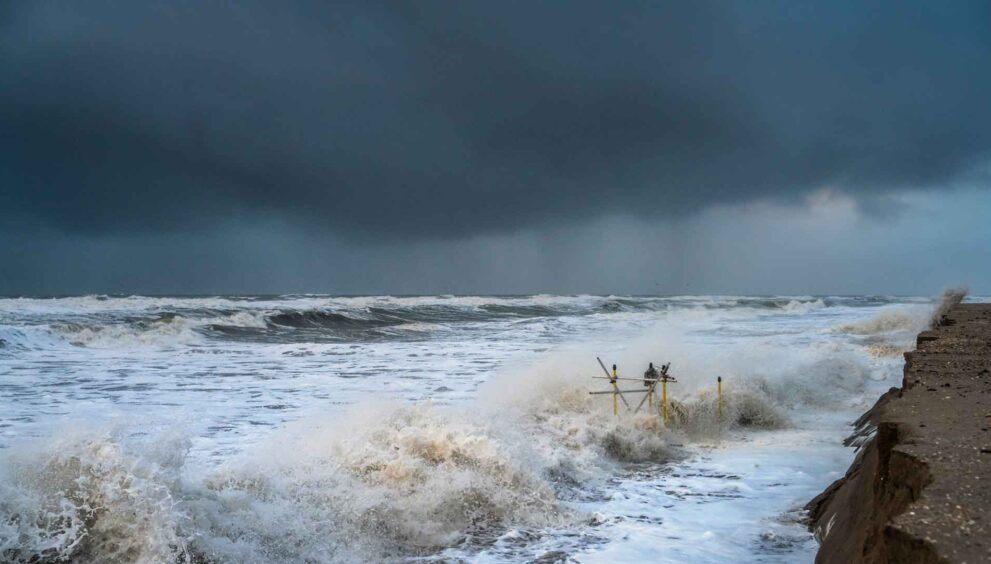
In the aftermath of Hurricane Helene, North Carolina faced a daunting task: rebuilding its infrastructure and restoring essential services. Among these necessities, communication stands out as a lifeline, connecting residents to emergency alerts, essential information, and each other. As traditional communication networks faltered, innovative solutions emerged, promising to revolutionize emergency response. One such solution involves a collaboration between SpaceX’s Starlink satellite internet service and T-Mobile’s mobile network, leveraging the Federal Communications Commission’s emergency authority to provide critical connectivity.
Overview of the Situation
Hurricane Helene, a powerful storm that made landfall in North Carolina, caused widespread damage, disrupting power grids, transportation, and communication systems. In the immediate aftermath, residents faced challenges in accessing essential information and staying connected with loved ones. The need for reliable and resilient communication infrastructure became more evident than ever.
Importance of Communication
Effective communication plays a pivotal role during natural disasters. It enables emergency responders to coordinate efforts, disseminate vital information to the public, and facilitate aid distribution. For residents, communication provides a sense of security, connection, and access to essential services. In the absence of reliable communication, communities can become isolated, hindering recovery efforts and exacerbating the impact of the disaster.
Background
SpaceX and Starlink
SpaceX, a leading aerospace company, has been at the forefront of space exploration and innovation. One of its ambitious projects is Starlink, a constellation of satellites designed to provide high-speed internet access to underserved areas worldwide. By launching thousands of satellites into low Earth orbit, Starlink aims to bridge the digital divide and connect people in remote regions.
T-Mobile’s Network
T-Mobile is a major wireless carrier in the United States, operating a nationwide network that provides voice and data services to millions of customers. T-Mobile’s network infrastructure is designed to be resilient and adaptable, capable of handling increased traffic during emergencies.
FCC’s Emergency Authority
The Federal Communications Commission (FCC) is the primary regulatory agency for communications in the United States. It has the authority to grant emergency spectrum licenses to wireless carriers, allowing them to use frequencies that are typically allocated for other purposes. This authority is crucial for ensuring that critical communication services remain operational during disasters.
Emergency Authority Granted
In response to the devastation caused by Hurricane Helene, the FCC granted emergency spectrum licenses to SpaceX and T-Mobile. This authorization enabled the two companies to collaborate on a unique initiative: using Starlink’s satellite constellation to provide direct-to-cell communication capabilities to T-Mobile’s customers in the affected areas.
Starlink DirectToCell Technology
Starlink DirectToCell is a groundbreaking technology that allows satellite signals to be transmitted directly to cell phones, bypassing the need for traditional cell towers. By leveraging Starlink’s vast network of satellites, this technology can provide coverage in areas where terrestrial networks have been damaged or are overwhelmed.
Benefits in Emergency Situations
The use of Starlink DirectToCell technology during emergencies offers several advantages:
- Increased Coverage: By relying on satellites, Starlink can provide coverage in remote or hard-to-reach areas where traditional cellular networks may be unavailable.
- Reliability: Satellite communication is less susceptible to disruptions from natural disasters, making it a more reliable option in emergency situations.
- Rapid Deployment: Starlink’s satellite constellation can be activated quickly, providing essential communication services within a short timeframe.
Implementation in North Carolina
To implement Starlink DirectToCell technology in the areas affected by Hurricane Helene, SpaceX and T-Mobile are working together to:
- Identify Priority Areas: Determine regions that have experienced significant communication disruptions.
- Deploy Equipment: Install necessary equipment, such as ground stations and satellite antennas, to enable direct-to-cell communication.
- Integrate with T-Mobile Network: Ensure seamless integration between Starlink’s satellite network and T-Mobile’s cellular infrastructure.
Challenges and Solutions
While the use of Starlink DirectToCell technology offers significant potential, there are challenges to be addressed:
- Technical Complexity: Integrating satellite communication with terrestrial networks requires technical expertise and coordination.
- Cost: Deploying and maintaining satellite infrastructure can be expensive, potentially limiting its widespread adoption.
- Regulatory Hurdles: Obtaining necessary permits and approvals from regulatory bodies can be time-consuming.
To overcome these challenges, SpaceX, T-Mobile, and the FCC are working closely to develop efficient processes, explore funding options, and streamline regulatory procedures.
Impact on Residents
The implementation of Starlink DirectToCell technology in North Carolina will have a profound impact on residents:
- Access to Emergency Alerts: Residents will be able to receive critical emergency alerts and information, even in areas where traditional communication systems have failed.
- SMS Texting: The ability to send and receive SMS text messages will facilitate communication with loved ones and emergency services.
- Economic Benefits: Improved communication can support economic recovery by enabling businesses to operate and residents to access essential services.
Conclusion
The collaboration between SpaceX, T-Mobile, and the FCC to provide Starlink DirectToCell technology in the aftermath of Hurricane Helene represents a significant step forward in emergency communication. By leveraging satellite technology, this initiative aims to bridge the communication gap and ensure that residents have access to vital information and services during times of crisis. As the world continues to grapple with the challenges of climate change and natural disasters, innovative solutions like Starlink DirectToCell will play a crucial role in building more resilient and connected communities.


 English
English 























